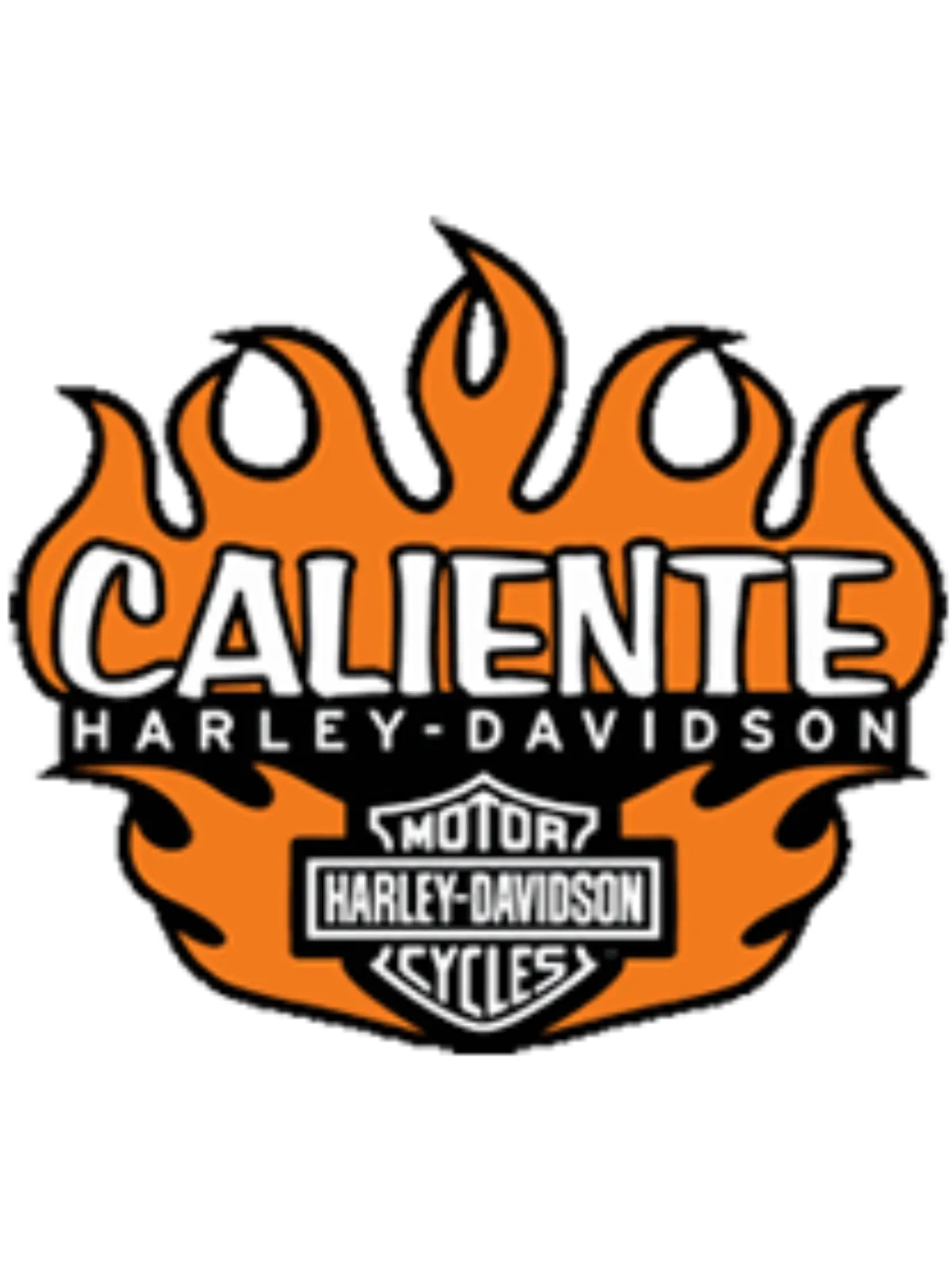Caliente Harley-Davidson Blog

The Significance of the V-Twin Engine in Harley-Davidson Motorcycles
The V-Twin engine is synonymous with Harley-Davidson, defining the brand’s identity and shaping its legacy as a leader in the motorcycle industry. First introduced in 1909, the V-Twin engine became the cornerstone of Harley-Davidson’s success, blending performance, durability, and a distinctive character that has resonated with riders for over a century.
Origins of the V-Twin Engine
1. First Appearance in 1909
Harley-Davidson introduced its first V-Twin engine on the Model 5-D, marking a pivotal moment in the company’s history.
Two-Cylinder Innovation: The V-Twin design featured two cylinders arranged in a 45-degree “V” configuration, a layout that became iconic.
Performance Upgrade: It delivered 7 horsepower, nearly doubling the output of Harley-Davidson’s single-cylinder models, providing more power for riders and setting the stage for future development.
2. Refinement in 1911
After initial challenges with the 1909 design, Harley-Davidson reintroduced the V-Twin in 1911 with improved reliability and performance, solidifying its place in the brand’s lineup.
Key Features of the V-Twin Engine
1. Unique Design
The 45-degree V-Twin engine is distinct in appearance and function:
Compact Layout: The “V” configuration allows for a narrower engine profile, contributing to the motorcycle’s streamlined design.
Balanced Power Delivery: The V-Twin design provides smooth, consistent power output, ideal for long-distance cruising and varied riding conditions.
2. Signature Sound
The V-Twin’s unique firing order and 45-degree angle produce the iconic “potato-potato” exhaust note that has become a hallmark of Harley-Davidson motorcycles.
Cultural Symbol: The unmistakable sound of a Harley-Davidson V-Twin engine is a defining feature of the brand, instantly recognizable and deeply tied to the motorcycling lifestyle.
3. Adaptability and Innovation
Harley-Davidson’s V-Twin engine has evolved over the years to incorporate new technologies while retaining its classic design:
Overhead valve configurations (e.g., Knucklehead, Panhead, and Shovelhead).
Air and liquid cooling systems for improved efficiency.
Modern iterations like the Milwaukee-Eight engine, which combine power with reduced emissions and enhanced comfort.
The V-Twin’s Role in Harley-Davidson’s Success
1. Setting Industry Standards
The V-Twin engine helped Harley-Davidson establish a reputation for durability, performance, and innovation.
Racing Dominance: Early V-Twin models proved their mettle in racing, endurance events, and hill climbs, showcasing the engine’s capabilities.
Military Applications: During World Wars I and II, Harley-Davidson motorcycles equipped with V-Twin engines demonstrated exceptional reliability in rugged conditions, cementing the engine’s legacy.
2. Cultural and Emotional Connection
The V-Twin engine is more than a mechanical component—it’s a symbol of the Harley-Davidson lifestyle:
Freedom and Individuality: Riders associate the V-Twin with the open road, independence, and a connection to American culture.
Customization: The V-Twin’s adaptability makes it a favorite for customization, allowing riders to personalize their bikes while retaining Harley-Davidson’s distinctive character.
A Legacy of Innovation and Identity
The V-Twin engine is the beating heart of Harley-Davidson motorcycles, representing a legacy of engineering excellence and a deep connection to the motorcycling community.
Continuous Evolution: From the early Flathead and Knucklehead designs to modern Milwaukee-Eight engines, the V-Twin has adapted to meet changing demands while staying true to its roots.
Global Icon: The V-Twin’s design and sound are celebrated worldwide, making Harley-Davidson motorcycles instantly recognizable.
The Enduring Significance of the V-Twin
For Harley-Davidson, the V-Twin engine is more than just a power source—it’s the foundation of a brand and a way of life. Its combination of engineering innovation, cultural resonance, and emotional appeal has made it an enduring symbol of freedom and adventure, ensuring its place at the core of Harley-Davidson’s identity for generations to come.

Facebook
Instagram
TikTok
Youtube